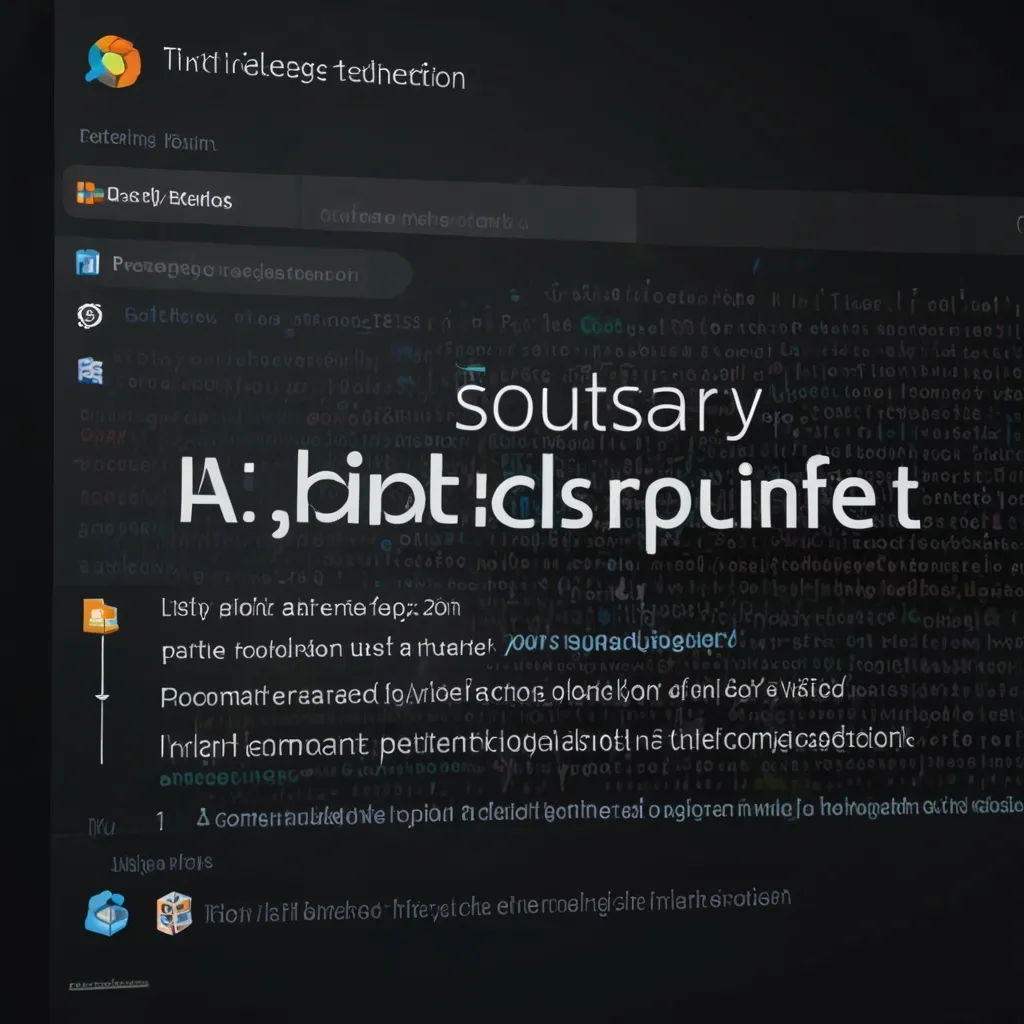Rust’s zero-sized types (ZSTs) are a fascinating feature that often goes unnoticed. I’ve been working with Rust for years, and I’m still amazed at how these seemingly paradoxical types can be so powerful.
Let’s start with the basics. A zero-sized type is exactly what it sounds like - a type that takes up no space in memory. At first, this might seem useless. After all, what good is a type that can’t hold any data? But that’s where the magic begins.
In Rust, we can create a ZST like this:
struct Nothing;
This struct has no fields, so it doesn’t need any memory to store data. But here’s the kicker - we can still create instances of it:
let x = Nothing;
Now, you might be wondering, “What’s the point?” Well, ZSTs are incredibly useful for creating abstractions and optimizing code. They allow us to encode information in the type system without any runtime cost.
One common use for ZSTs is as marker types. For example, let’s say we’re writing a library for handling different states of a process. We could define ZSTs for each state:
struct Running;
struct Paused;
struct Stopped;
struct Process<State> {
// other fields...
_state: std::marker::PhantomData<State>,
}
impl<State> Process<State> {
// common methods...
}
impl Process<Running> {
fn pause(self) -> Process<Paused> {
// implementation...
}
}
impl Process<Paused> {
fn resume(self) -> Process<Running> {
// implementation...
}
fn stop(self) -> Process<Stopped> {
// implementation...
}
}
In this example, we’re using ZSTs to represent different states of our process. The PhantomData is another ZST that we use to “attach” the state to our Process struct without actually taking up any space. This allows us to enforce state transitions at compile-time, preventing invalid operations like trying to pause a stopped process.
Another powerful use of ZSTs is in implementing the null object pattern. In languages without ZSTs, you might use a null pointer or an option type to represent the absence of a value. But with ZSTs, we can create a more efficient solution:
trait Animal {
fn make_sound(&self);
}
struct Dog;
impl Animal for Dog {
fn make_sound(&self) {
println!("Woof!");
}
}
struct NullAnimal;
impl Animal for NullAnimal {
fn make_sound(&self) {
// Do nothing
}
}
let animals: Vec<Box<dyn Animal>> = vec![
Box::new(Dog),
Box::new(NullAnimal),
Box::new(Dog),
];
for animal in animals {
animal.make_sound();
}
In this example, NullAnimal is a ZST that implements the Animal trait. We can use it in place of a real animal without any memory overhead. This is particularly useful in situations where we need to represent the absence of a value in a collection or as a default.
ZSTs also play a crucial role in Rust’s optimizations. The compiler can often eliminate ZSTs entirely, reducing memory usage and improving cache performance. For instance, consider this struct:
struct Wrapper<T> {
value: T,
_marker: std::marker::PhantomData<()>,
}
Even though this struct has two fields, it will have the same size as T because PhantomData<()> is a ZST and gets optimized away.
This optimization becomes even more powerful when working with generic code. We can use ZSTs to add compile-time checks and behavior without affecting the runtime performance of our generic functions.
Let’s look at a more complex example. Imagine we’re building a library for handling different types of data streams. We want to ensure that certain operations are only performed on streams that support them. We can use ZSTs to encode these capabilities:
struct Readable;
struct Writable;
struct Seekable;
struct Stream<R, W, S> {
// actual stream implementation...
_readable: std::marker::PhantomData<R>,
_writable: std::marker::PhantomData<W>,
_seekable: std::marker::PhantomData<S>,
}
impl<R, W, S> Stream<R, W, S> {
// Common methods for all streams...
}
impl<W, S> Stream<Readable, W, S> {
fn read(&self) -> Vec<u8> {
// Implementation...
}
}
impl<R, S> Stream<R, Writable, S> {
fn write(&mut self, data: &[u8]) {
// Implementation...
}
}
impl<R, W> Stream<R, W, Seekable> {
fn seek(&mut self, pos: u64) {
// Implementation...
}
}
// Usage
let read_only: Stream<Readable, (), ()> = Stream::new();
let read_write: Stream<Readable, Writable, ()> = Stream::new();
let full_access: Stream<Readable, Writable, Seekable> = Stream::new();
read_only.read(); // OK
// read_only.write(&[1, 2, 3]); // Compile error!
read_write.read(); // OK
read_write.write(&[1, 2, 3]); // OK
// read_write.seek(42); // Compile error!
full_access.read(); // OK
full_access.write(&[1, 2, 3]); // OK
full_access.seek(42); // OK
In this example, we’re using ZSTs to represent different capabilities of our streams. The compiler ensures that we can only call methods on streams that have the appropriate capabilities, all without any runtime cost.
ZSTs can also be used to optimize data structures for better cache usage. For example, we can use them to control the alignment of fields in a struct:
use std::mem;
#[repr(C)]
struct Aligned<T, A> {
_alignment: [A; 0],
value: T,
}
// Usage
let aligned: Aligned<u32, [u8; 16]> = Aligned {
_alignment: [],
value: 42,
};
assert_eq!(mem::align_of_val(&aligned), 16);
Here, we’re using a ZST array to force a specific alignment for our value. This can be crucial for performance in certain situations, especially when working with SIMD instructions or when trying to avoid false sharing in concurrent code.
ZSTs also shine when working with trait objects. In Rust, trait objects have a size known at runtime, which includes both the data and a vtable pointer. However, when the underlying type is a ZST, the compiler can optimize this:
trait Behavior {
fn act(&self);
}
struct ActiveBehavior;
impl Behavior for ActiveBehavior {
fn act(&self) {
println!("Acting!");
}
}
struct InactiveBehavior;
impl Behavior for InactiveBehavior {
fn act(&self) {
// Do nothing
}
}
let behaviors: Vec<Box<dyn Behavior>> = vec![
Box::new(ActiveBehavior),
Box::new(InactiveBehavior),
];
for behavior in behaviors {
behavior.act();
}
In this case, Box<dyn Behavior> for InactiveBehavior will be optimized to just contain the vtable pointer, saving memory.
As we dive deeper into Rust’s type system, we find that ZSTs are not just a quirk, but a fundamental building block for creating efficient and expressive code. They allow us to leverage the type system to enforce constraints and provide abstractions without runtime cost.
In my experience, understanding and using ZSTs has significantly improved my Rust code. I’ve used them to create more expressive APIs, enforce invariants at compile-time, and optimize performance-critical sections of code.
However, it’s important to note that while ZSTs are powerful, they should be used judiciously. Overusing them can lead to complex, hard-to-understand code. As with any programming technique, the key is to find the right balance.
In conclusion, Rust’s zero-sized types are a prime example of how a seemingly paradoxical concept can lead to elegant and efficient solutions. They showcase Rust’s commitment to zero-cost abstractions and its ability to push the boundaries of what’s possible in systems programming.
As you continue your journey with Rust, I encourage you to explore ZSTs further. Try incorporating them into your own projects and see how they can improve your code. You might be surprised at how often these “nothing” types can solve real problems.
Remember, in Rust, even nothing can be something powerful. Happy coding!






